Sarcoma
82: Neoadjuvant Radiation Therapy (RT) for Primary Retroperitoneal Well-Differentiated Liposarcoma (RP WDLPS): A Transatlantic Australasian Retroperitoneal Working Group (TARPSWG) Study
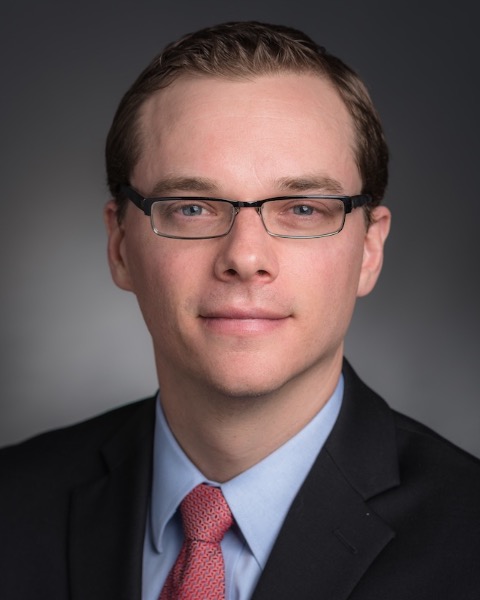
Mark Fairweather, MD
Surgical Oncologist
Brigham and Women's Hospital/Harvard Medical School
Boston, Massachusetts, United States
Mark Fairweather, MD
Surgical Oncologist
Brigham and Women's Hospital/Harvard Medical School
Boston, Massachusetts, United States.jpg)
Megan L. Sulciner, MD
Resident
Brigham and Women's Hospital
Boston, Massachusetts, United States- JJ
Joshua S. Jolissaint, MD, MSc
Complex General Surgical Oncology Fellow
Memorial Sloan Kettering Cancer Center, United States 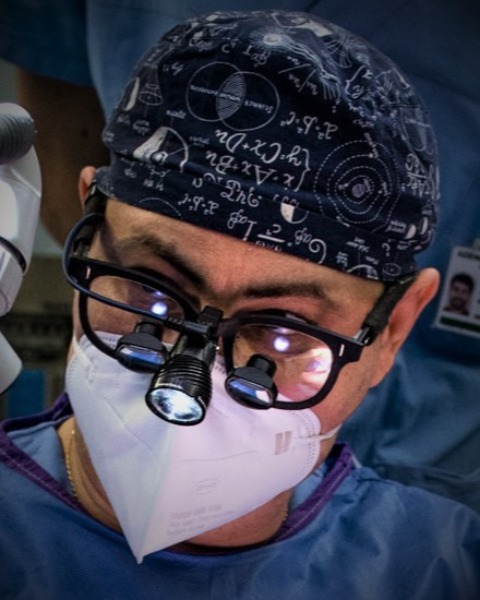
Marco Fiore, MD, FACS, FEBSh
Surgical Oncologist
Sarcoma Service, Department of Surgery, Fondazione IRCCS Istituto Nazionale dei Tumori, Milan, Italy
Milan, Lombardia, Italy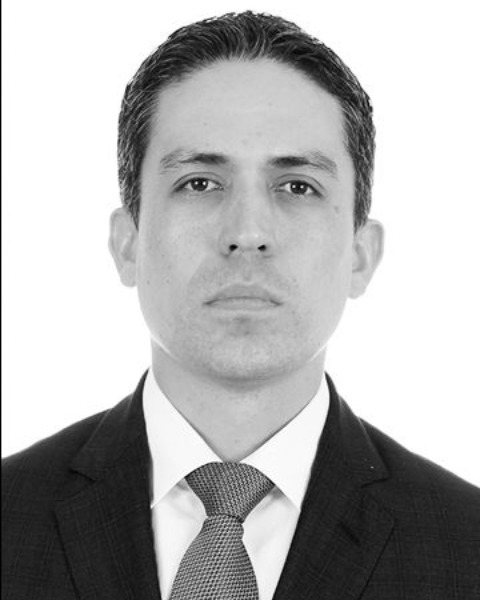
Dorian Yarih Garcia Ortega, MD, MSc
Surgical Oncologist
Skin and Soft Tumors Department, National Cancer Institute (Mexico)
Tlalpan, Distrito Federal, United States- CS
Carol Swallow, MD, PhD (she/her/hers)
Surgical Oncologist
Department of Surgical Oncology, Mount Sinai Hospital and Princess Margaret Cancer Centre
Toronto, Ontario, Canada - SF
Samuel Ford, MD, PhD
Surgical Oncologist
Department of Surgery, University Hospitals Birmingham, United States - SI
Shintaro Iwata, MD
Surgical Oncologist
Department of Musculoskeletal Oncology and Rehabilitation, National Cancer Center Hospital, Japan, United States 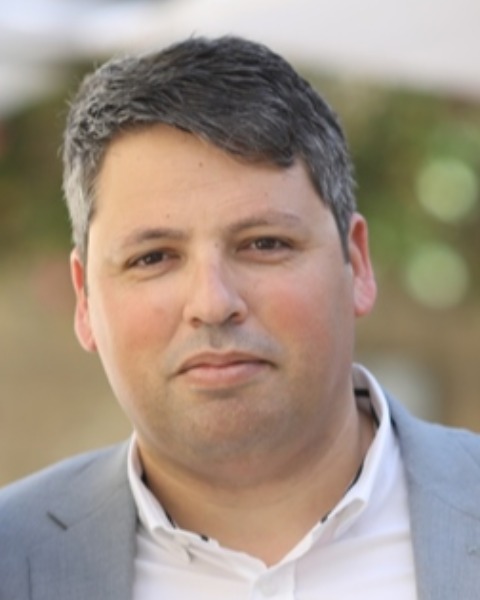
Eran Nizri, n/a
Chairman, Department of Surgery B
Tel-Aviv Sourasky Medical Center
Jerusalem, Tel Aviv, Israel- VQ
Vittorio Quagliuolo, MD
Surgical Oncologist
Department of Surgery, Istituto Clinico Humanitas, United States - DA
Dagmar A. Adamkova, MD, PhD
Attending physician
Department of Cancer Comprehensive Care, Masaryk Memorial Cancer Institute, United States .jpg)
Carolyn Nessim, MD, MSc, FRCSC, FACS (she/her/hers)
Surgical Oncologist, Associate Professor, Clinician Investigator, CGSO Program Director
The Ottawa Hospital, University of Ottawa, Ottawa Hospital Research Institute
Ottawa, Ontario, Canada- PR
Piotr Rutkowski, MD, PhD
Surgical Oncologist
Department of Soft Tissue/Bone Sarcoma and Melanoma, Maria Sklodowska-Curie National Research Institute of Oncology, United States 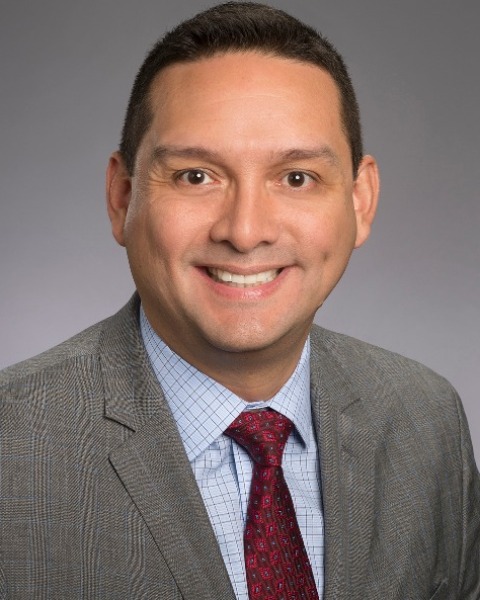
Kenneth Cardona, MD
Patricia R. Reynolds Professor of Sarcoma Lead, Winship Sarcoma Disease Team Chair, NCI ECOG-ACRIN Sarcoma Working Group
Winship Cancer Institute, Emory University, Georgia, United States- EK
Edward Kim, MD
Radiation Oncologist
Department of Radiation Oncology, University of Washington, United States - AP
Andrea S. Porpiglia, MD, Mac
Surgical Oncologist
Department of Surgical Oncology, Fox Chase Cancer Center, United States 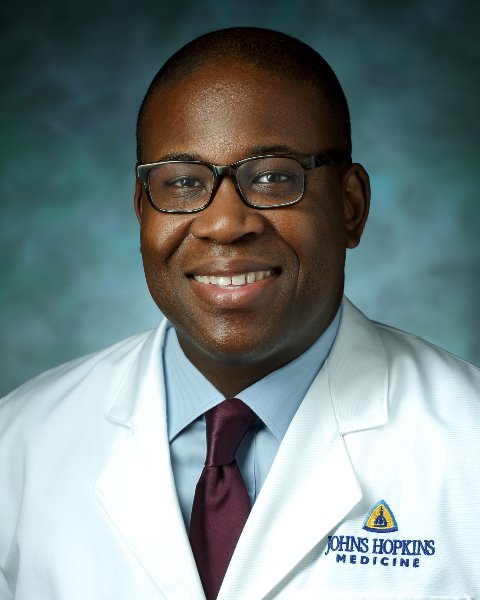
Fabian M. Johnston, MD, MHS
Associate Professor of Surgery
Division of Gastrointestinal Surgical Oncology, Johns Hopkins University School of Medicine, Baltimore, MD, United States
Baltimore, Maryland, United States- EB
Elizabeth Baldini, MD, MPH
Radiation Oncologist
Department of Radiation Oncology, Brigham and Women’s Hospital, United States 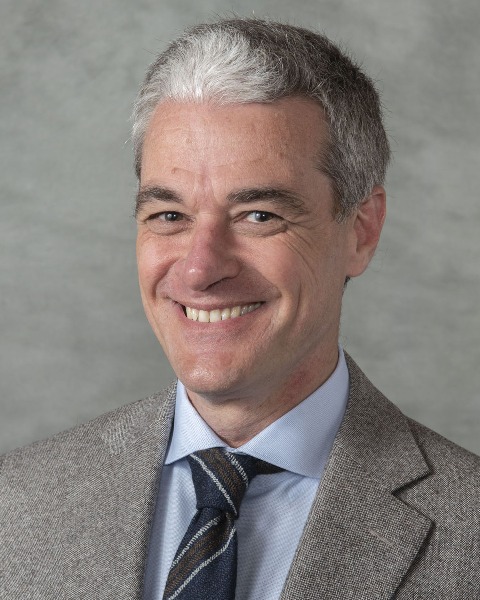
Alessandro Gronchi, MD, FSSO
Chief of Surgical Department
Sarcoma Service, Department of Surgery, Fondazione IRCCS Istituto Nazionale dei Tumori, Milan, Italy
Milano, Italy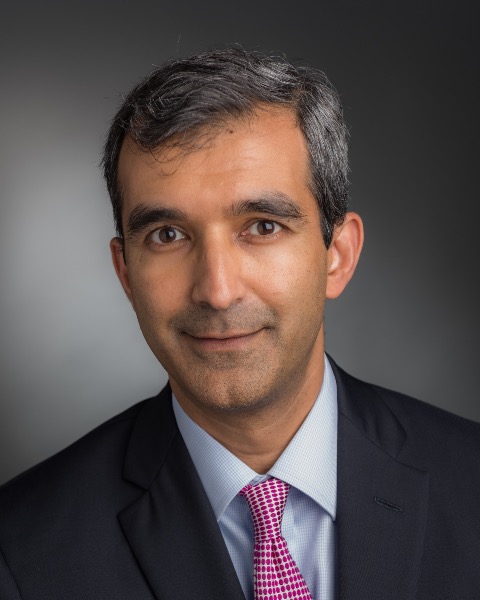
Chandrajit P. Raut, MD, MSc (he/him/his)
Chief, Division of Surgical Oncology
Brigham and Women's Hospital
Boston, Massachusetts, United States
Abstract Presenter(s)
Submitter(s)
Author(s)
Methods:
In this TARPSWG study from 24 participating sites, we retrospectively identified all pts with primary RP WDLPS who underwent curative-intent resection between January 1, 2002 and December 31, 2017. Patient and tumor characteristics, local recurrence (LR), and overall survival (OS) were analyzed.
Results: Of 584 pts who underwent surgery for RP WDLPS, 72 (12%) of pts received neoadjuvant RT. Primary tumor resection was performed at the participating site in 496 patients (85%), outside referring center in 80 patients (14%), and unknown location in 8 patients (1%). There were no statistically significant differences in demographics or tumor characteristics including age, gender, tumor multifocality, tumor size, or R0/R1 resection rate between pts treated with neoadjuvant RT and surgery vs. surgery alone. Median tumor size for pts who received RT was 22.7 cm (range 17.0-30.0 cm) and 25.9 cm (range 17.2-34.0 cm) for pts treated with surgery alone (P=0.174). With median follow up of 73 months, 5-year crude cumulative incidence of LR was significantly lower for neoadjuvant RT vs. surgery alone (5.8% vs. 37%, P< 0.001, Fig 1A). On multivariate analysis, neoadjuvant RT was an independent predictor of decreased LR (OR 0.22, P< 0.001). Pts who received neoadjuvant RT had longer OS compared to surgery alone at 5 years (90% vs. 86%, P =0.02, Fig. 1B); however, neoadjuvant RT was not a statistically significant independent predictor of OS (P=0.06).
Conclusions:
To the best of our knowledge, this is the largest study to report outcomes of neoadjuvant RT for primary RP WDLPS. Neoadjuvant RT was associated with a significant decrease in LR when compared to surgery alone in two naturally equivalent cohorts of pts. This substantiates the results from the non-preplanned analysis of a smaller cohort of WDLPS pts from both the STRASS trial.
Learning Objectives:
- Upon completion, participants will be able to describe the impact of neoadjuvant radiation on local recurrence in the management of primary retroperitoneal well-differentiated liposarcoma.
- Upon completion, participants will be able to describe factors that are predictive of decreased local recurrence in the management of primary retroperitoneal well-differentiated liposarcoma.
- Upon completion, participants will be able to describe the impact of neoadjuvant radiation on overall survival in the management of primary retroperitoneal well-differentiated liposarcoma.
